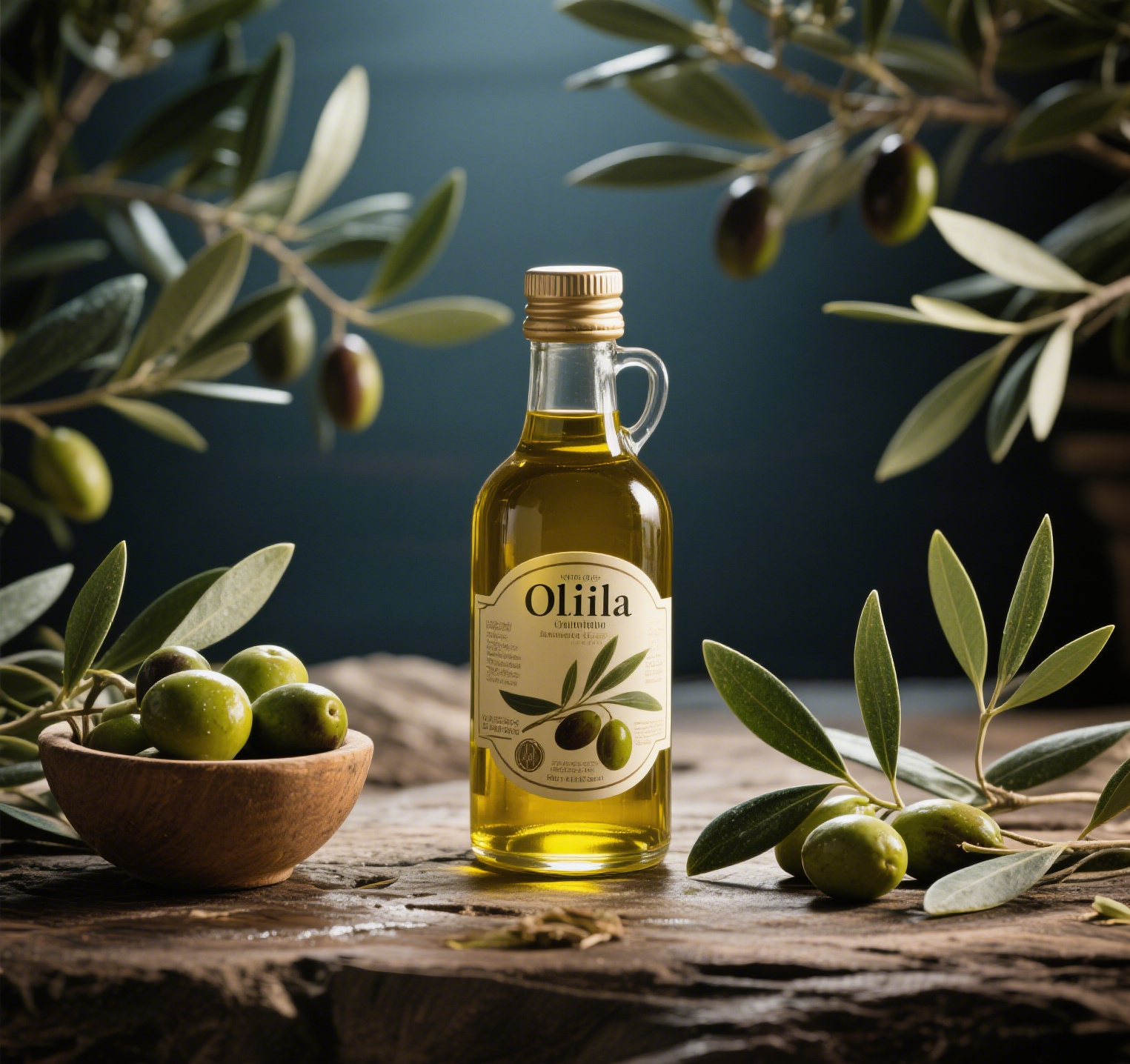Physical Address
304 North Cardinal St.
Dorchester Center, MA 02124
Physical Address
304 North Cardinal St.
Dorchester Center, MA 02124
The Liquid Gold of Global Kitchens
Olive oil isn’t just a pantry staple—it’s a globetrotting superstar that moonlights as a salad dresser, sautéing sidekick, and even a dessert whisperer. From ancient Mediterranean feasts to modern fusion experiments, this “liquid gold” has drizzled its way into countless culinary traditions. Let’s embark on a flavorful tour of the cuisines that couldn’t live without olive oil—and why your kitchen shouldn’t either.

If olive oil had a birthplace, it would be the sun-soaked Mediterranean. For over 6,000 years, this region has treated olive trees like royalty—and for good reason. Greek salads glisten with peppery extra virgin olive oil, Italian pasta aglio e olio proves that garlic and oil are a match made in heaven, and Spanish tapas like patatas bravas get their crispy charm from a generous fry in the good stuff.
Fun fact: Ancient Greeks didn’t just cook with olive oil—they anointed Olympic athletes with it. Talk about a golden victory lap!
Golden Line: “In the Mediterranean, olive oil isn’t an ingredient; it’s a way of life.”
While butter often steals the spotlight in French cooking, olive oil plays a quiet yet vital role. Provençal dishes like ratatouille and salade Niçoise rely on its fruity notes to balance herbs de Provence and briny olives. Even French chefs admit: A drizzle of olive oil can turn a humble baguette into a “je ne sais quoi” experience.
Ever dipped pita into hummus so smooth it feels like a hug? Thank olive oil. Middle Eastern cuisine uses it to add silkiness to dips, richness to grilled meats like shawarma, and depth to dishes like falafel. Bonus: A pool of olive oil on top of baba ganoush isn’t just garnish—it’s a flavor runway for smoked eggplant.
Golden Line: “Olive oil doesn’t just cook food; it tells stories of spice routes and shared feasts.”
Olive oil might not be native to Latin America, but it’s become a beloved guest. Argentine chimichurri gets its zing from olive oil blended with parsley and garlic, while Brazilian moqueca (seafood stew) uses it to coax out the flavors of coconut milk and dendê oil. Even Mexican chefs are swapping lard for olive oil in modern takes on refried beans.
Olive oil’s resume got a glow-up in the 21st century. Avocado toast millennials swear by it, vegan chefs use it to replace butter in desserts, and Instagram foodies drizzle it over artisanal pizzas like edible confetti. Science backs the hype: Studies show Mediterranean diets rich in olive oil are linked to longer lifespans—and possibly happier taste buds.
Golden Line: “Olive oil is the only ‘diet’ ingredient that doubles as a hedonistic pleasure.”
Yes, even soy sauce’s territory is embracing olive oil. Japanese chefs mix it into miso dressings, Korean home cooks fry kimchi pancakes with it, and Chinese kitchens use it for stir-frying veggies when aiming for a lighter flavor. Pro tip: Try olive oil in scallion oil noodles—it’s a game-changer.
Whether you’re roasting, frying, dipping, or drizzling, olive oil is the ultimate multitasker. Here’s how to pick your MVP:
Golden Line: “A bottle of olive oil is like a passport—it unlocks a world of flavors without the jet lag.”
From ancient amphorae to modern squeeze bottles, olive oil has proven it’s more than a trend—it’s a culinary cornerstone. So go ahead, pour it like you mean it. Your skillet, salad, and sourdough will thank you. 🫒✨